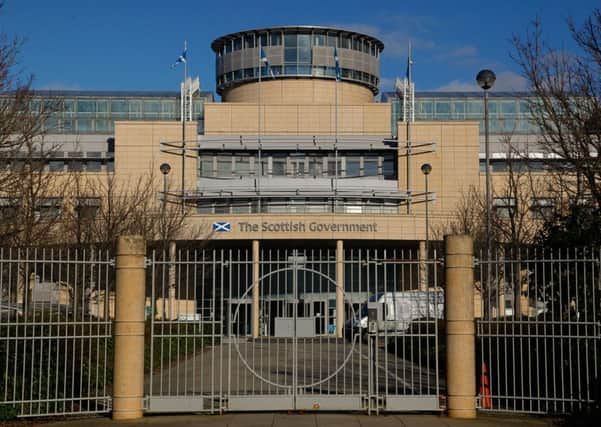Business rates surgery with CBRE Scotland
This article contains affiliate links. We may earn a small commission on items purchased through this article, but that does not affect our editorial judgement.


Question: I have heard rumours that the Scottish Government is looking to re-introduce transitional relief for rate liabilities at the revaluation and that some ratepayers actually pay more rates because of it. Are these rumours true?
Brian Rogan: The Scottish Government abolished transitional relief at the last revaluation in 2010 and certainly there have been rumours that it will re-introduce some form of transitional relief when the 2017 revaluation comes into force on 1 April 2017.
Advertisement
Hide AdAdvertisement
Hide AdIt promised to hold a public consultation on transitional relief before deciding whether or not it should be re-introduced, and although late in the day, the consultation was announced on 17 August with a closing date of 11 October 2016 for responses.
The purpose of transitional relief is to phase in, over a period of years, the largest increases and decreases in rate liability (not rateable value) arising from the changes that arise from revaluation and the associated re-basing of the annual uniform business rate.
Schemes of transitional relief applied at previous revaluations have all been predicated on the inequitable principle of cross subsidy. Effectively the subsidy was paid by those ratepayers, who would, but for transitional relief, have benefitted from the greatest fall in liability as a result of revaluation. It was paid to those ratepayers, who would, but for transitional relief, have faced the largest increases in liability following revaluation.
Under these historical schemes of transitional relief, it is true that some ratepayers have paid more rates than they would have done if there had been no transitional relief.
If another transitional relief scheme predicated on the principle of cross subsidy is re-introduced at the 2017 revaluation, many ratepayers will be denied their immediate entitlement to lower rate liabilities, which is unjustifiable under a modern tax regime. That is not to say that those facing the largest increases in liability should not be helped in meeting their increased liabilities, but the mechanism for providing that help should not be at the expense of other ratepayers who could be in direct competition with the beneficiaries.
The consultation responses should indicate if Scottish ratepayers have for an appetite for transitional relief at revaluation, and if so what shape the scheme will take. If there is no appetite, it remains to be seen if Scottish Government will re-introduce it for broader fiscal and public finance reasons.
• Brian Rogan is head of rating at CBRE Scotland